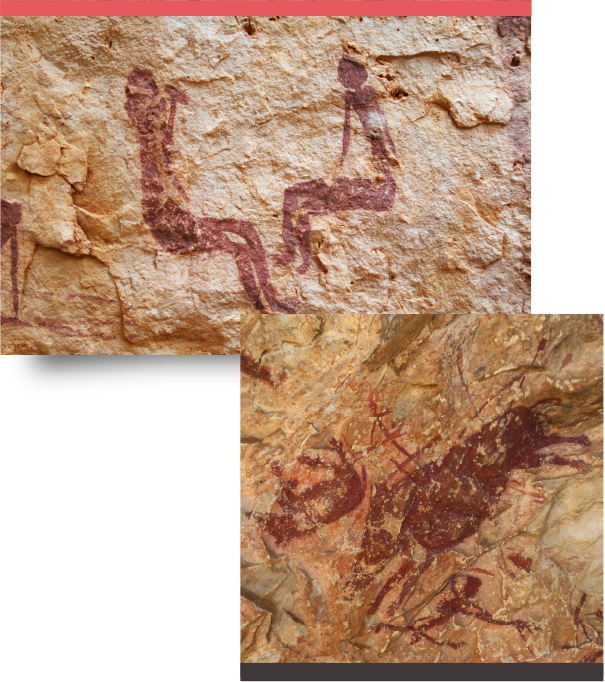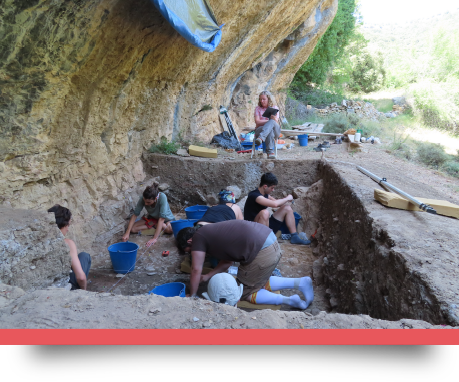ERC Project
LArcHer project aims at pioneering a new and more comprehensive way of understanding one of Europe’s most extraordinary bodies of prehistoric art, awarded Unesco World Heritage status in 1998: Levantine rock art (LRA).
The ground-breaking nature of the project relies on combining a multidisciplinary and multiscale approach (from microanalysis to landscape perspectives) to gain a holistic view of this art. It also aims at closing existing gaps between science and heritage mainstreams, to better understand the values and threats affecting this tradition and bring about a change in the way we understand, care, use and manage this millenary legacy.


OBJECTIVES:
Use cross-disciplinary knowledge and methods to redefine LRA (i.e. new dating techniques to refine chronology, new analytical methods to understand the creative process).
Use LRA as a proxy to raise new questions of global interest on the evolution of creative thinking and human cognition (i.e. the timing and driving forces behind the birth of anthropocentrism and visual narratives in the history of prehistoric art).
Develop new research agendas to set off complementary goals between Science and Heritage and define best practices for open air rock art conservation and management.
OBJECTIVES:
Use cross-disciplinary knowledge and methods to redefine LRA (i.e. new dating techniques to refine chronology, new analytical methods to understand the creative process).
Use LRA as a proxy to raise new questions of global interest on the evolution of creative thinking and human cognition (i.e. the timing and driving forces behind the birth of anthropocentrism and visual narratives in the history of prehistoric art).
Develop new research agendas to set off complementary goals between Science and Heritage and define best practices for open air rock art conservation and management.

PROJECT KEYS
Systematic analysis and recording
Spread across Mediterranean Iberia, LRA is the only European body of figurative art dominated by humans engaged in dynamic narratives of hunting, violence, warfare, dances, etc. These scenes are unique to explore past social dynamics, human behaviour and cultural practices. As such, it is the only body of European rock art with potential to answer some of the new questions raised by LArcHer.
Key to LArcHer are the systematic recording and analysis of the art through 3D Digital technologies, management and data storage systems, GIS, physicochemical analysis of pigments and bedrock and comparative analysis with other major bodies of art with equivalent developments.